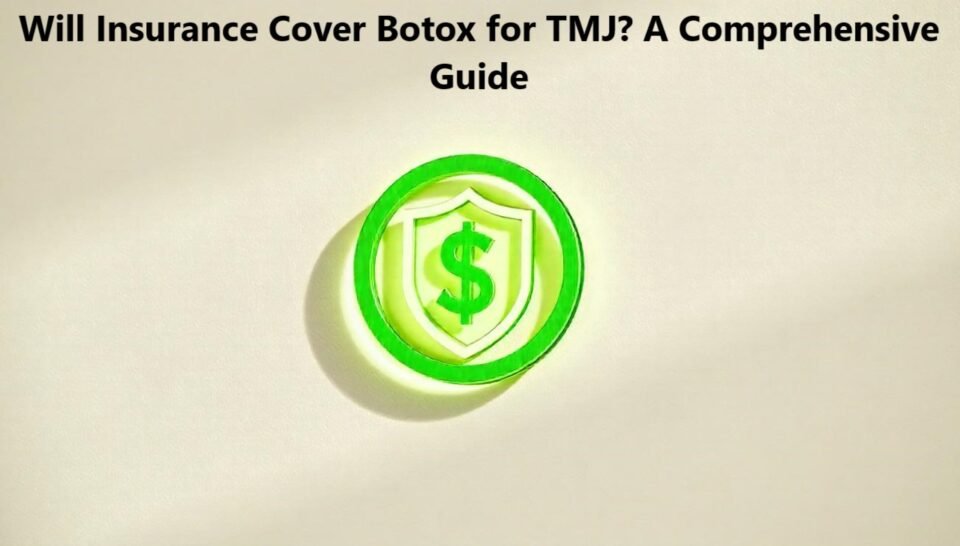Before diving into vasectomy planning, it’s important to know whether your insurance will foot the bill for the procedure. The cost burden is much lessened by insurance coverage and the decision becomes more manageable. Read on for an in depth look at vasectomies and insurance coverage, so you know what to expect.

What Is a Vasectomy?
Vasectomy is a simple, minor surgical procedure that renders a man permanently sterile. The cutting or blocking of the vas deferens prevent sperm to mix with semen. While simple, knowing how it financially works if no insurance is sure can be vital.
Does Insurance Cover Vasectomy?
Most health insurance plans provide coverage for vasectomy, but the specifics can vary depending on:
The type of insurance plan.
Your state of residence.
Provider network and plan deductibles are two of the ways people start saving for and actually use their flex accounts—plan deductibles determine out-of-pocket expenses before the policy starts to pay out, while provider network determines the initial cost of the medical service.
Employer-Sponsored Insurance
Vasectomy coverage is widespread with employer provided health insurance, which generally covers the procedure as a preventive care service. Contact your HR department to find out for sure.
Private Insurance Plans
Private insurance policies vary greatly. Others may exclude it, while still others will some cover vasectomy as a standard procedure. The best way to confirm is to review your policy or to contact your provider.
Government programs and Medicaid
In some states, Medicaid will cover vasectomy, but with a caveat or two. For an example, let’s say that Washington State Medicaid requires at least a 30 day and no more than a 180 day waiting period before the procedure requires a consultation and signed consent.
Factors Influencing Coverage
Out of Network vs. In Network Providers
Lower out of pocket costs are usually seen when using an innetwork provider. If you opt for an out of network provider, there’s a good chance that the costs will increase significantly.
Deductibles and Co-Pays
But even insurance might not cover you to the full with co pays, coinsurance fees or deductibles. You should review your insurance plan’s cost sharing details.
State-Specific Regulations
For example, in Washington, insurance is not required to cover a vasectomy procedure. Many of these plans will not include it and as a result.
Is Your Vasectomy Insurance Covered?
Review Your Insurance Policy
Review the sections related to preventing and doing surgery.
Then look for the CPT code 55250, which is normally used for vasectomy billing.
Contact your Insurance provider
Use the customer number on your insurance card and call it.
Get the details of coverage for vasectomies including what deductibles, co-pays, etc.
Seek medical advice from Your Healthcare Provider
Talk with your healthcare provider about insurance coverage.
If they have experience dealing with your insurer, they can help you along through the process.
If my insurance doesn’t cover vasectomy?
If your plan doesn’t cover the procedure, consider these alternatives to manage costs:
Payment Plans
Your wireless clinic will offer payment plans for which you can pay installments.
Health Savings Accounts (HSAs) and Flexible Spending Accounts (FSAs)
You can use the funds in your HSA or your FSA to cut costs.
Sliding Sale Fees or simply Discounted Fees
Providers do exist that offer reduced fees or in cases, even free procedures for those who meet the financial need. For an example, Kitsap General Surgery offers vasectomies for much lower or even free to those who cannot afford it.
Coverage Matters: Why We Need To Understand It
Knowing about insurance coverage for vasectomy can save you a lot of time, stress and money. Preparing for the procedure can be a proactive process—reviewing your policy and talking with your provider about your options.
Final Thoughts
Trying to figure out insurance for a vasectomy can feel complicated but understanding your coverage goes a long way. Knowing your options — even if they entail being covered by employer sponsored insurance, private insurance or government programs — allows you to make an informed decision.
Other payment options and financial aid are available if your insurance doesn’t include vasectomy. By spending some time figuring out your insurance plan and looking at all options you can mitigate and you’ll also be able to focus on what is best for your health.





